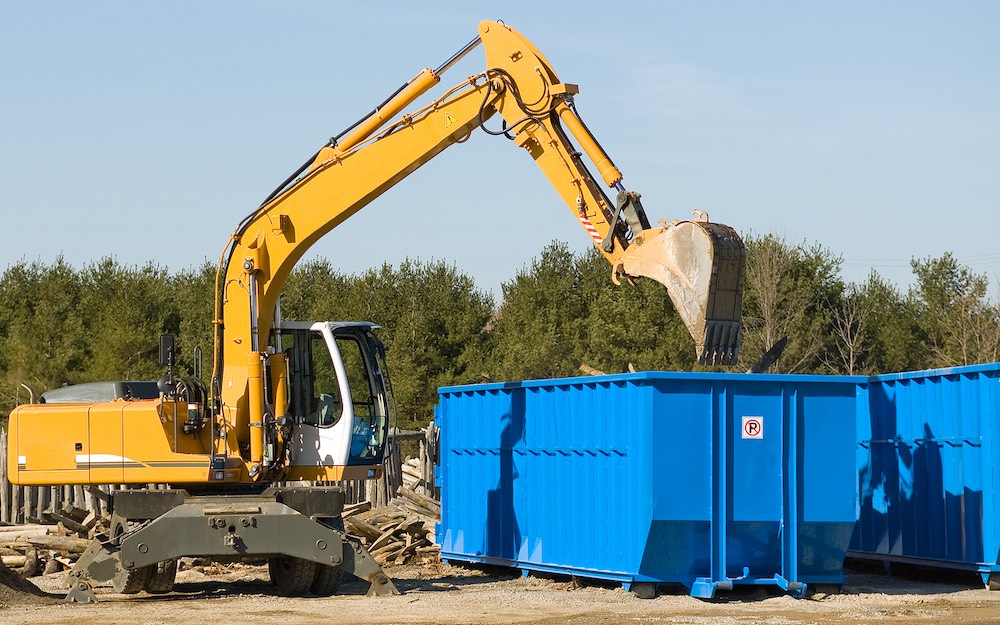 Somewhere between 25 and 40 percent of landfill mass comes from construction waste. That’s probably not surprising to anyone in the construction industry. However, what’s often overlooked is the close connection between construction-generated physical waste and the upstream digital waste.
Somewhere between 25 and 40 percent of landfill mass comes from construction waste. That’s probably not surprising to anyone in the construction industry. However, what’s often overlooked is the close connection between construction-generated physical waste and the upstream digital waste.
Digital waste is an unintended consequence of the traditional design process, where a number of waste-related considerations are rarely considered. As a result, traditional construction and manufacturing can result in construction waste that wasn’t addressed during the design phase, and therefore must be accommodated during construction and installation. At that point, the primary destination is landfills, which is costly both monetarily and environmentally.
One under-appreciated benefit of Off-Site Construction (OSC) is the focus on DfMA (Design for Manufacturing and Assembly). DfMA by its very nature inherently optimizes designs to reduce construction and manufacturing waste. Waste is further reduced because OSC output is modular and systems are manufactured to precise tolerances in a controlled factory environment, where workflows are optimized to minimize labor waste.
In addition, the final assembly of OSC systems in the field requires a small fraction of the field labor associated with a traditional installation, since everything is prefabricated in a modular form to the greatest extent possible. This dramatically reduces material and labor waste in the field.
Whether the end objective is contributing to ESG (Environmental – Social – Governance) and sustainability goals, streamlining construction schedules or creating cost certainty, OSC is increasingly seen as the primary option to de-risk complex mechanical systems. Contact Epsilon today to learn more about OSC and the possibilities for your next project.

